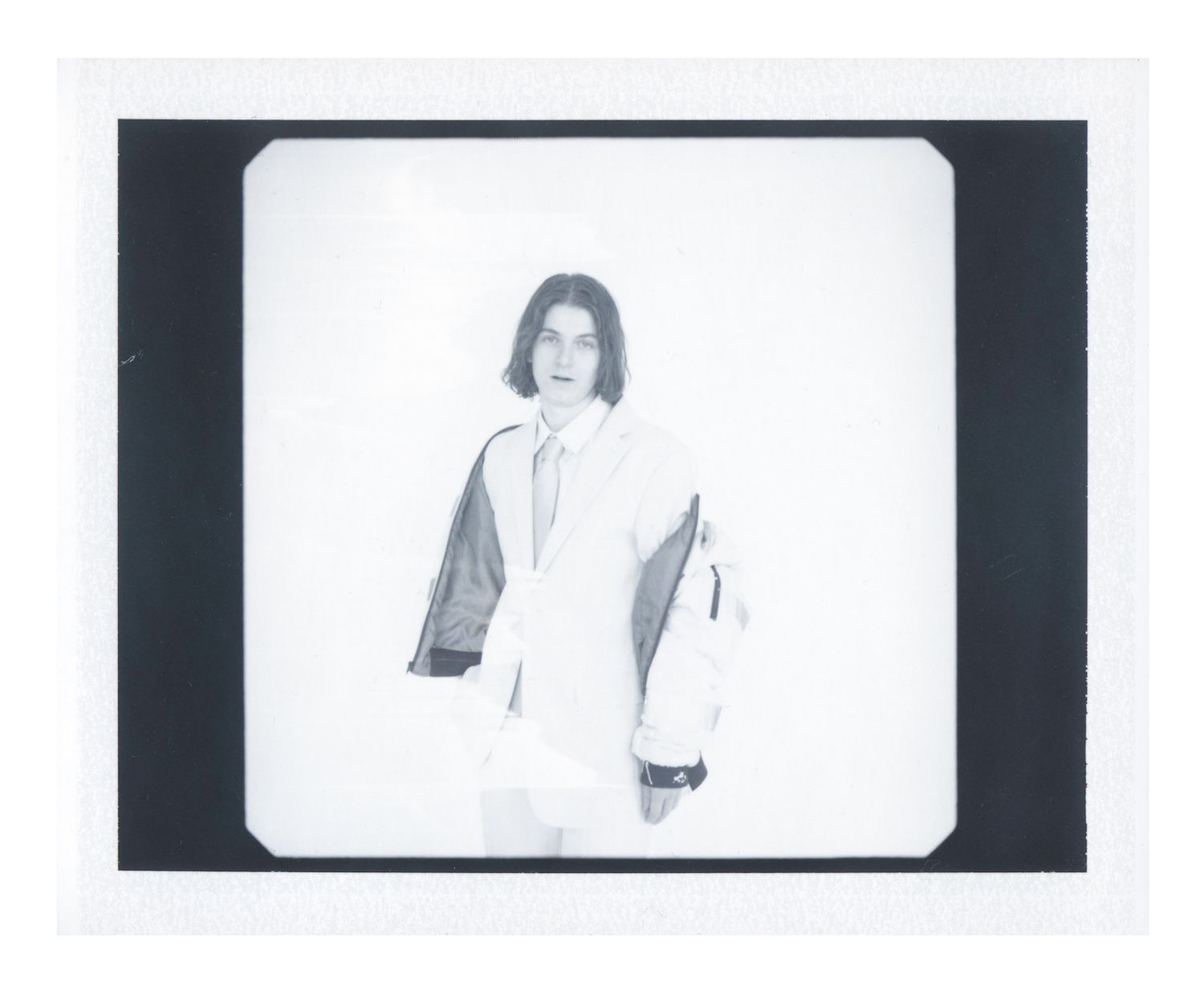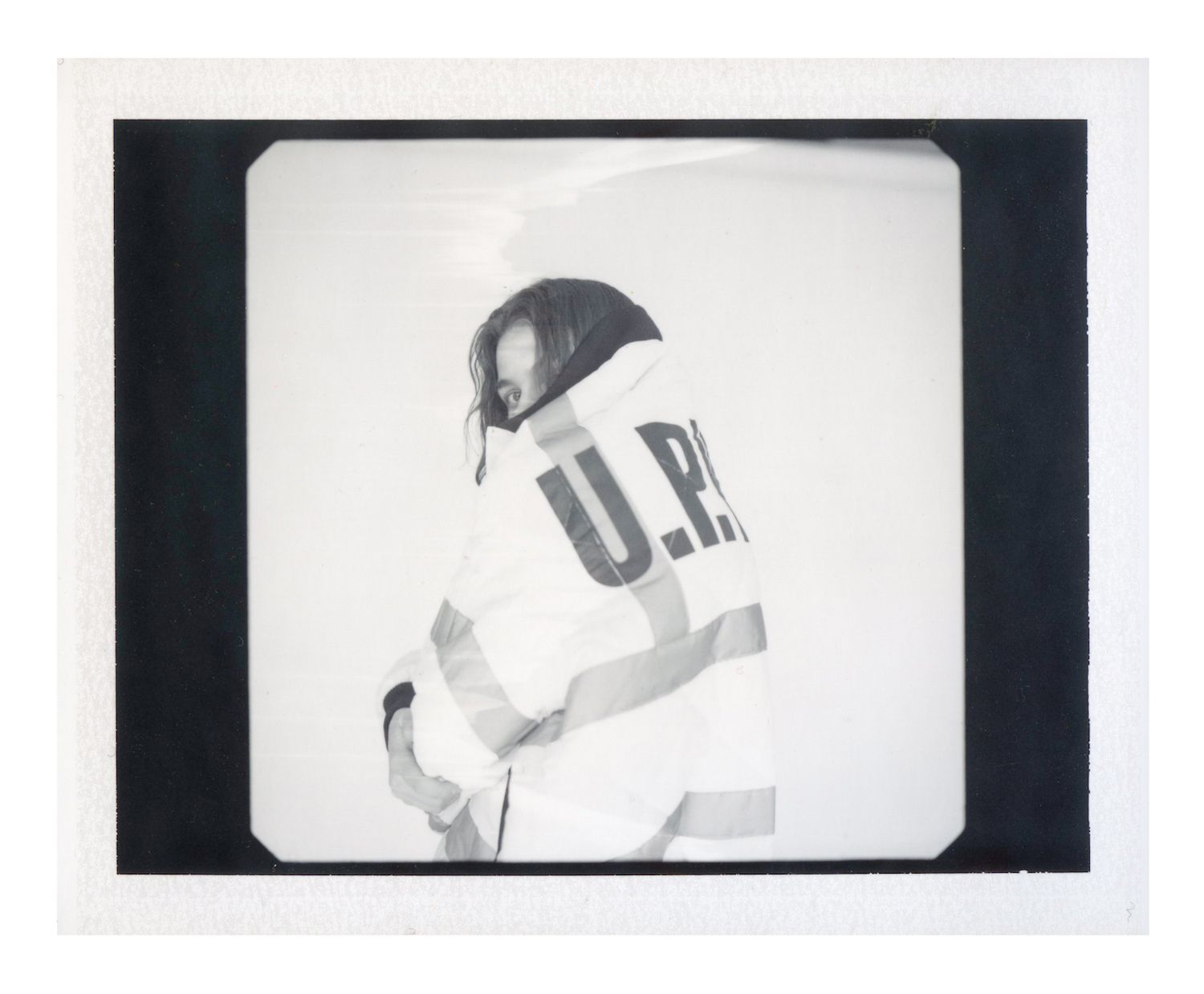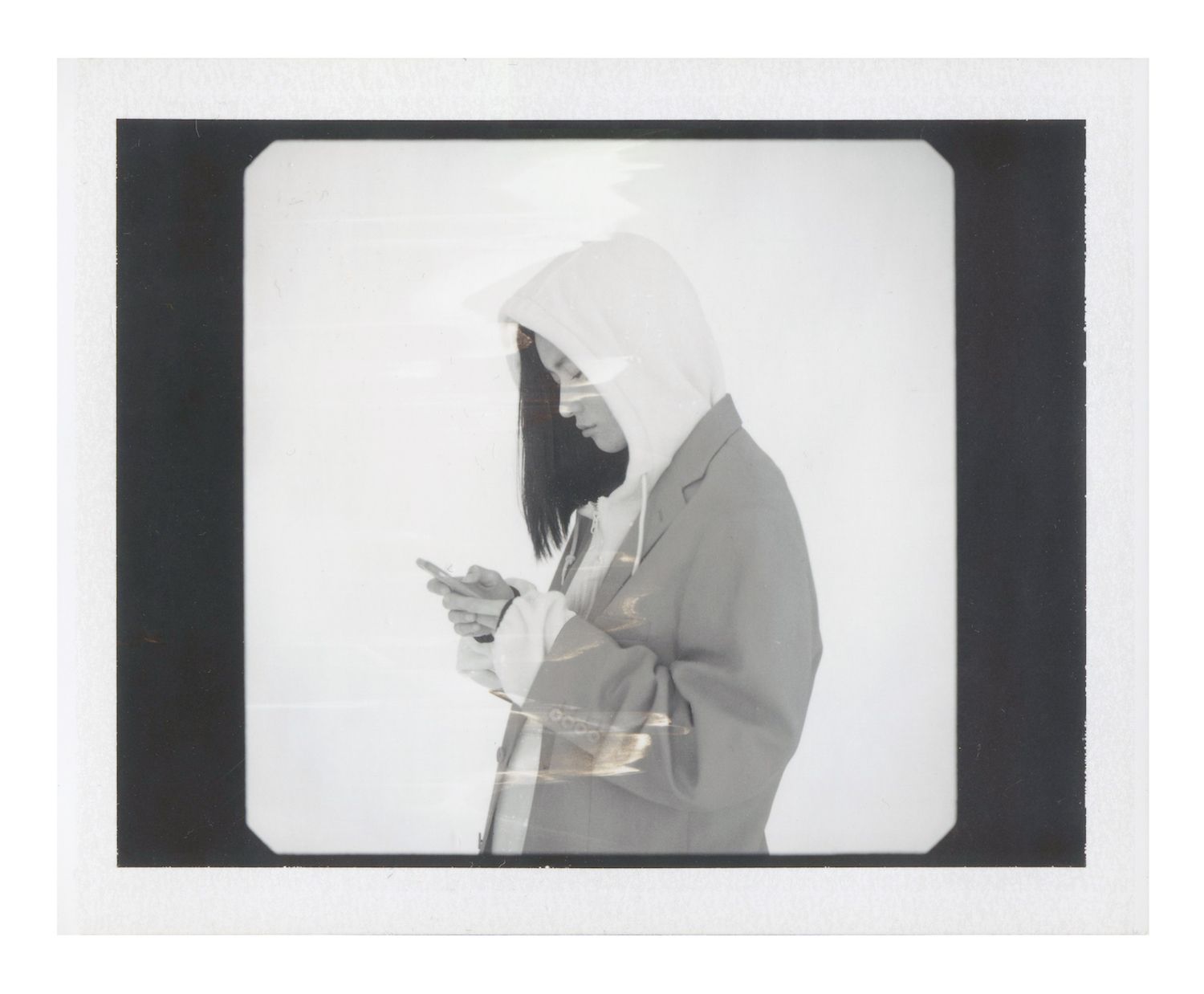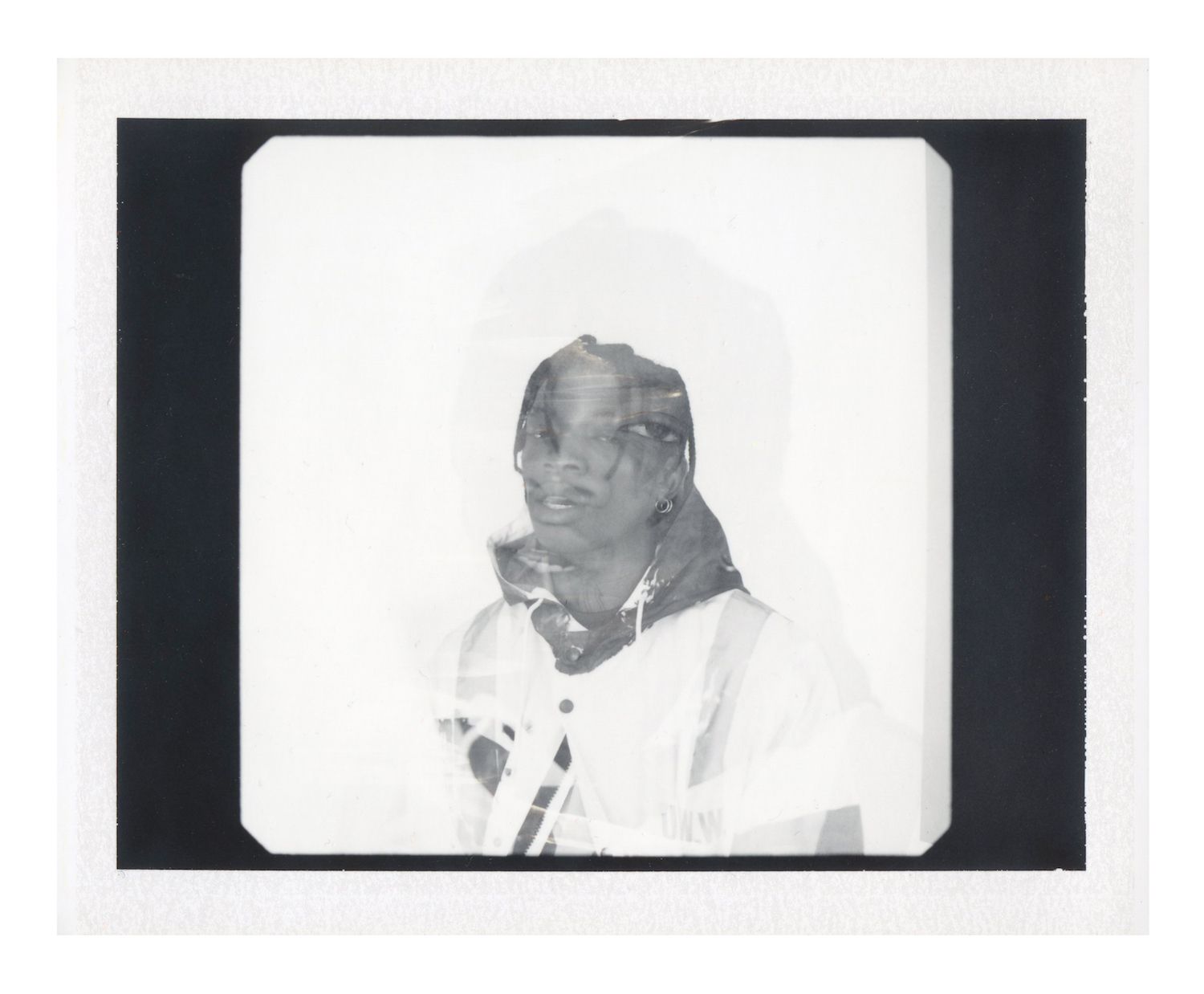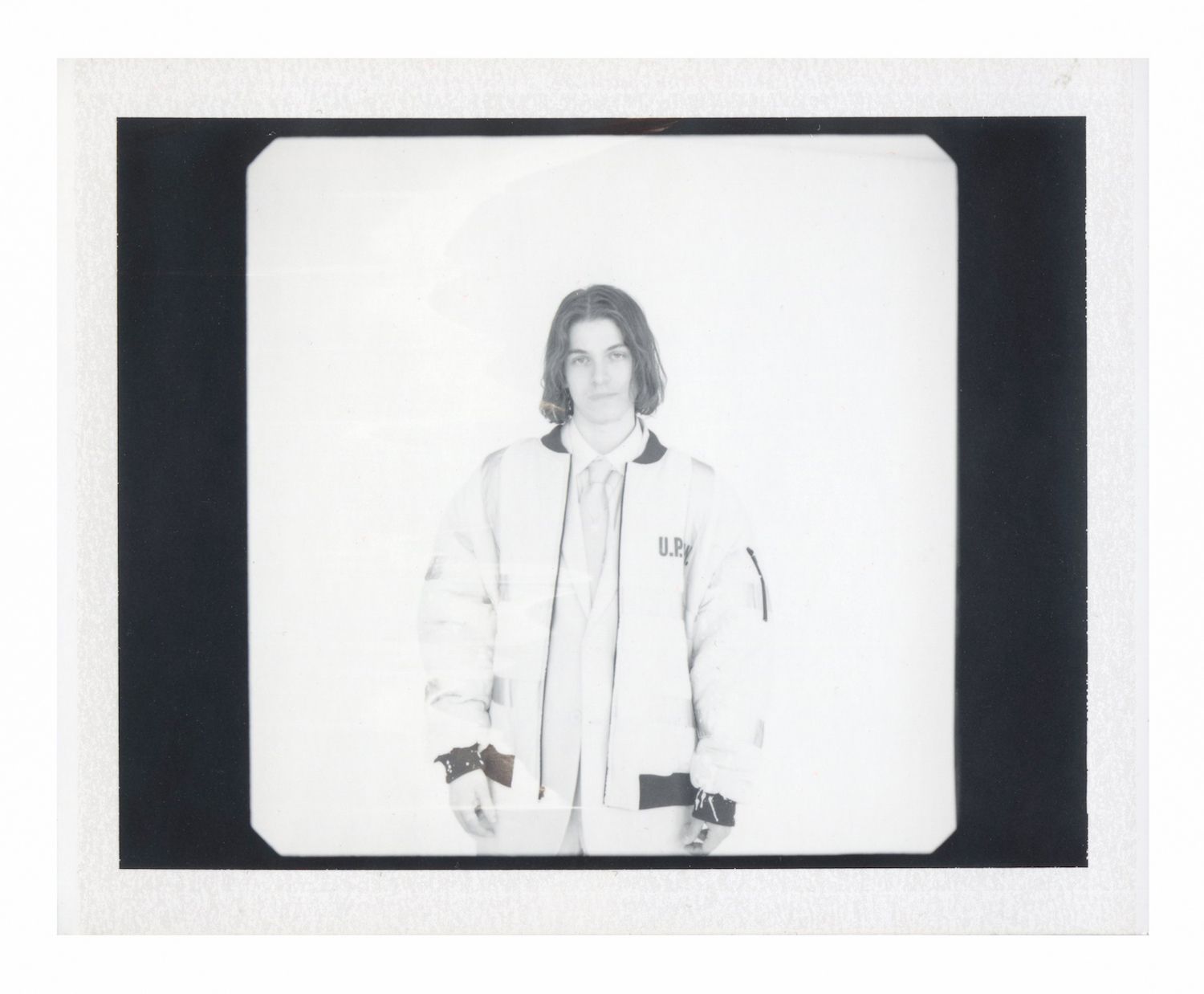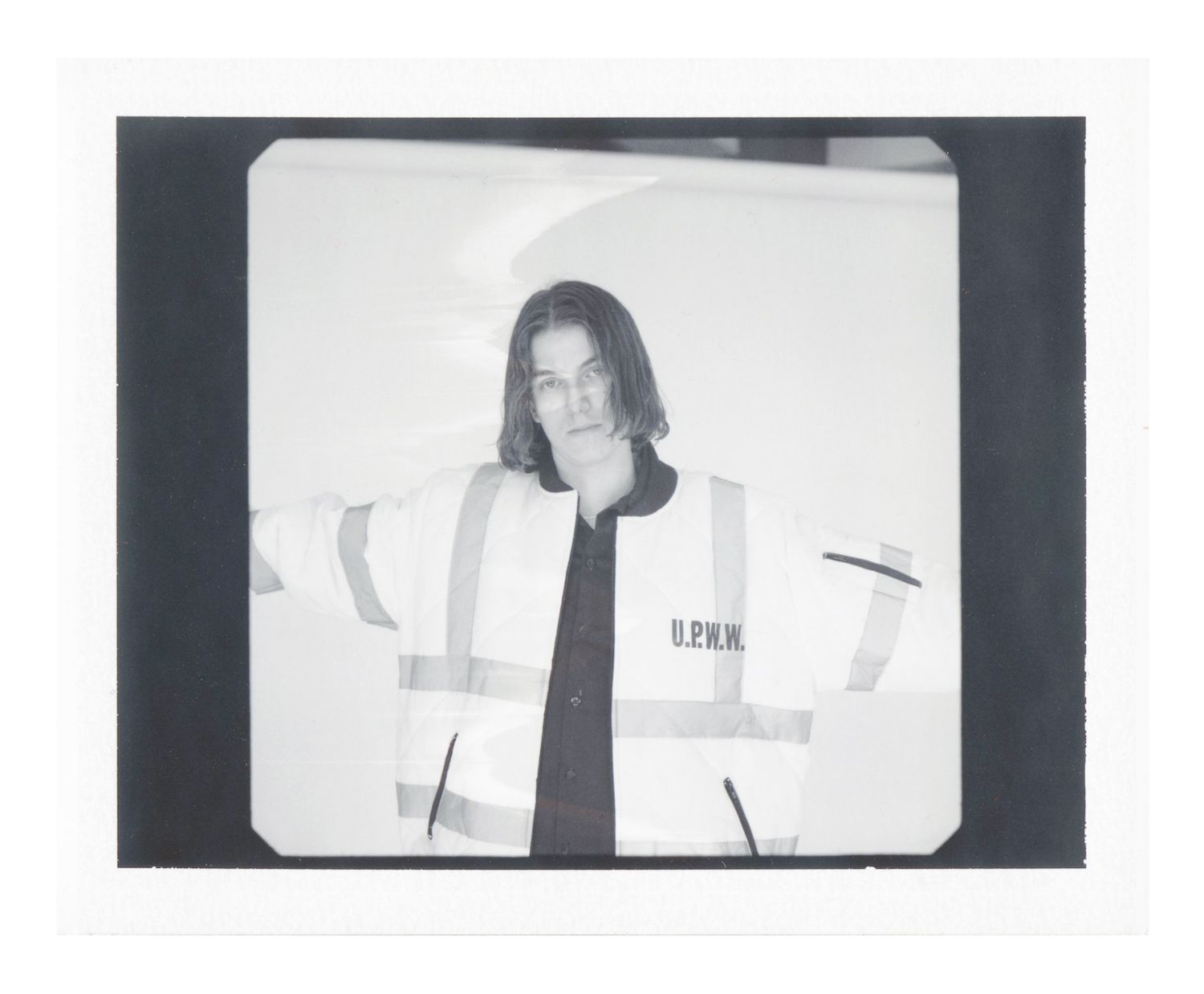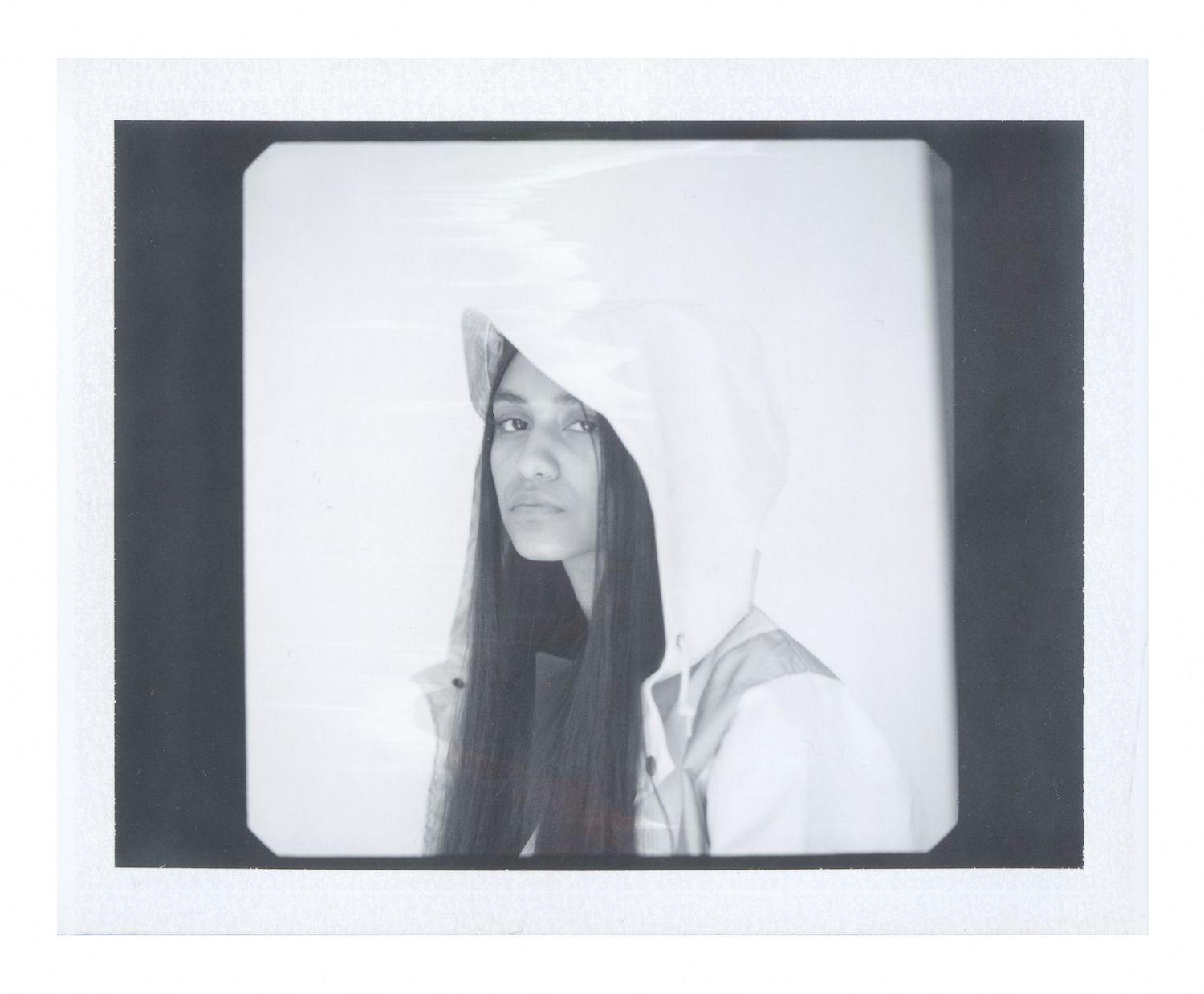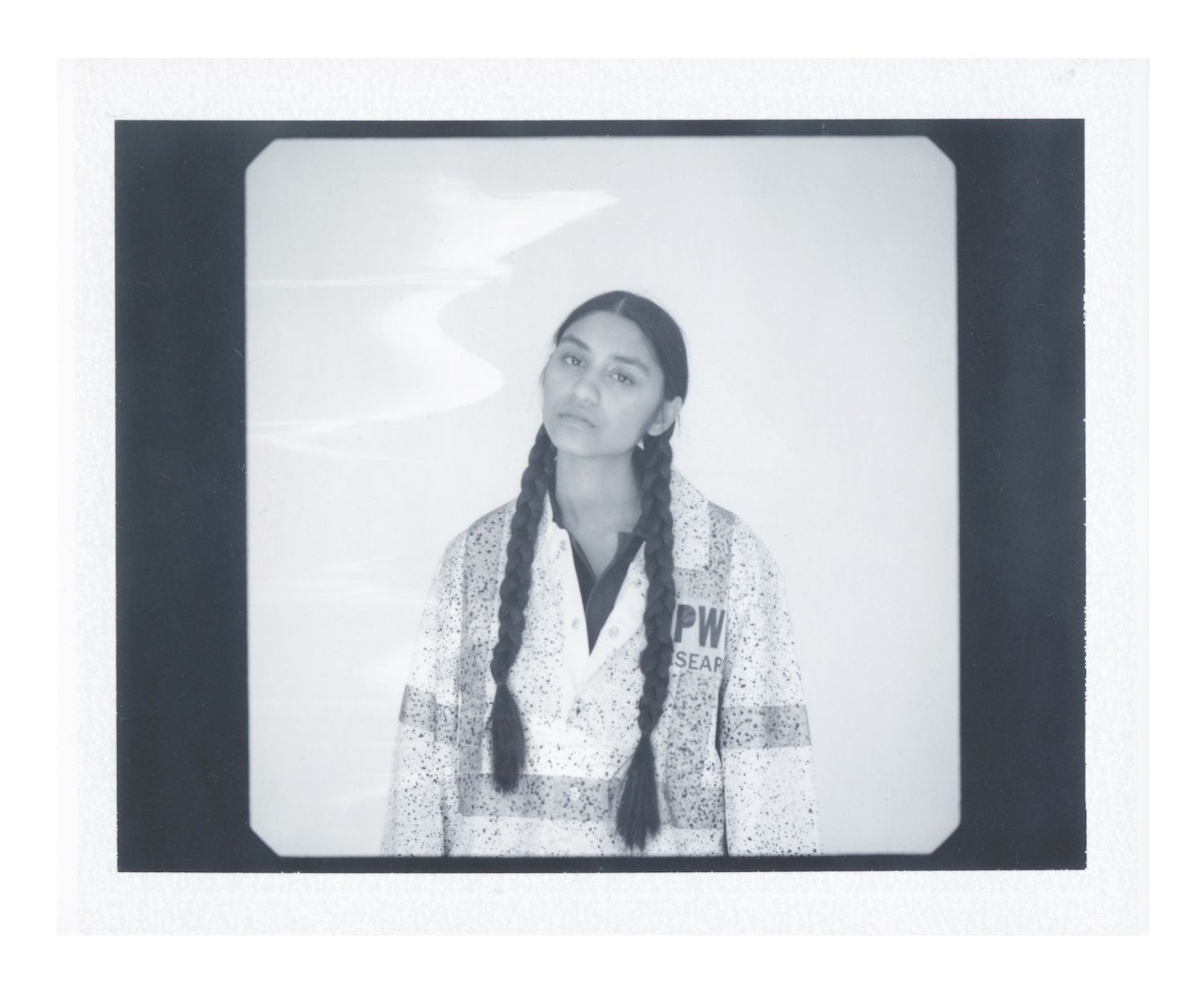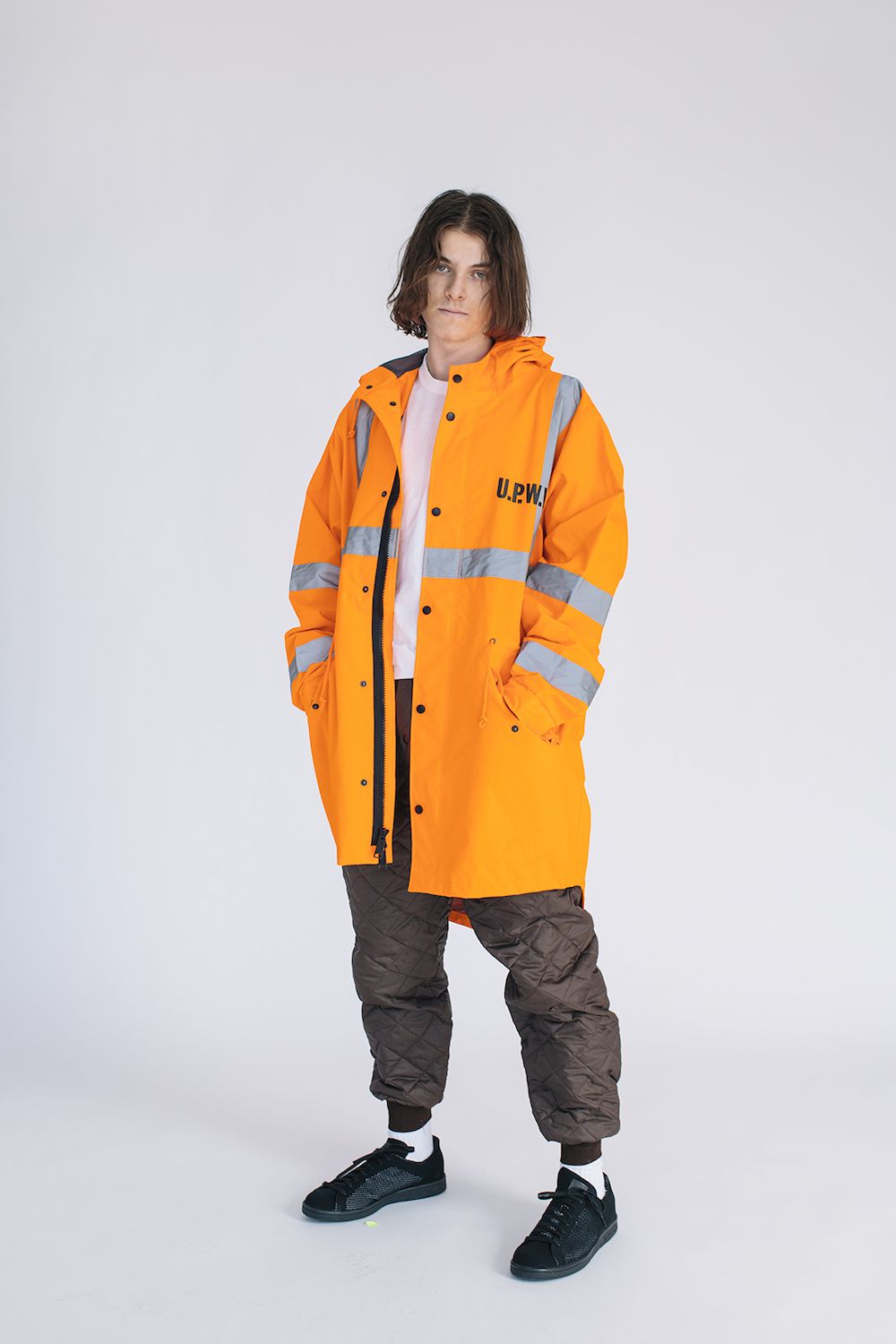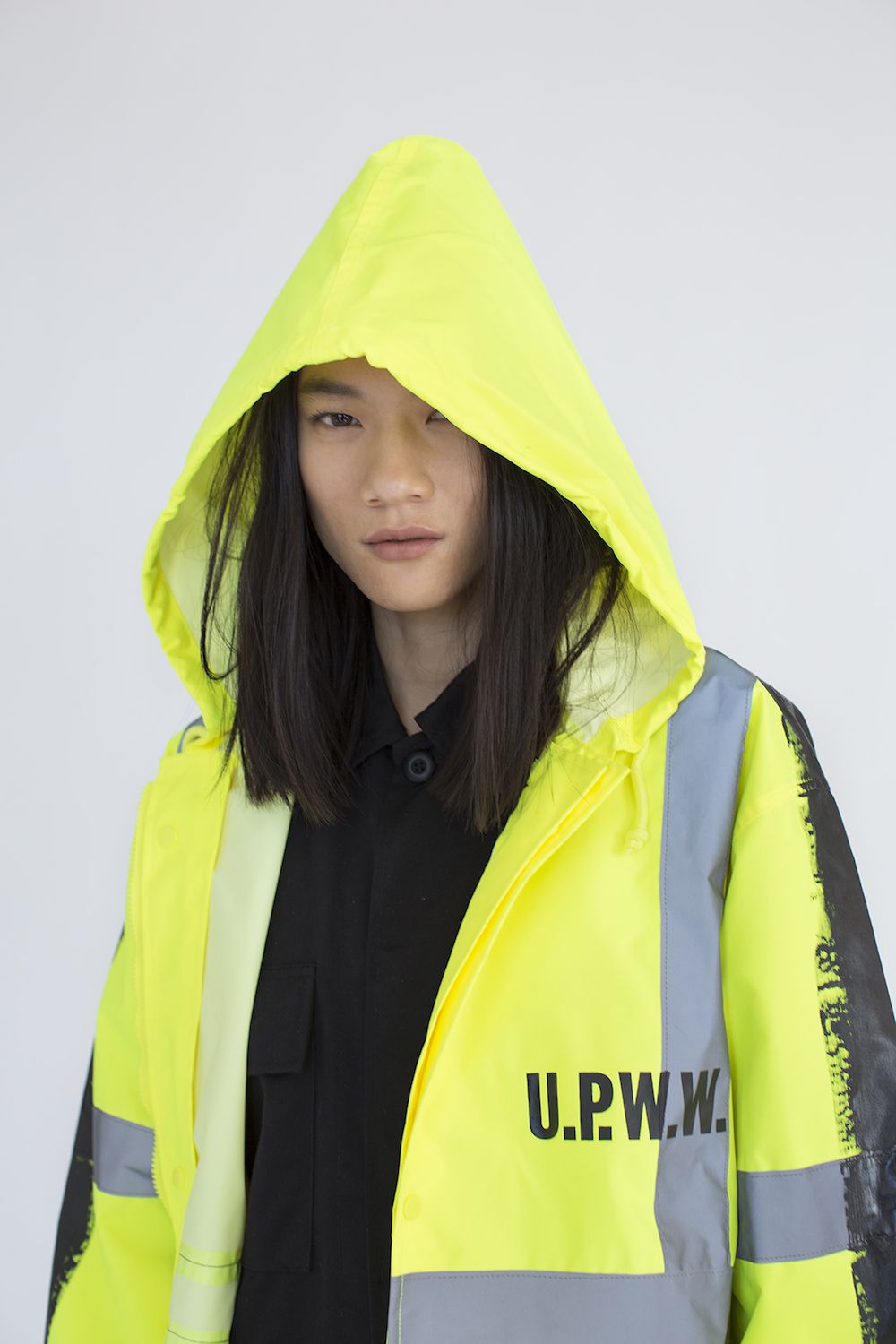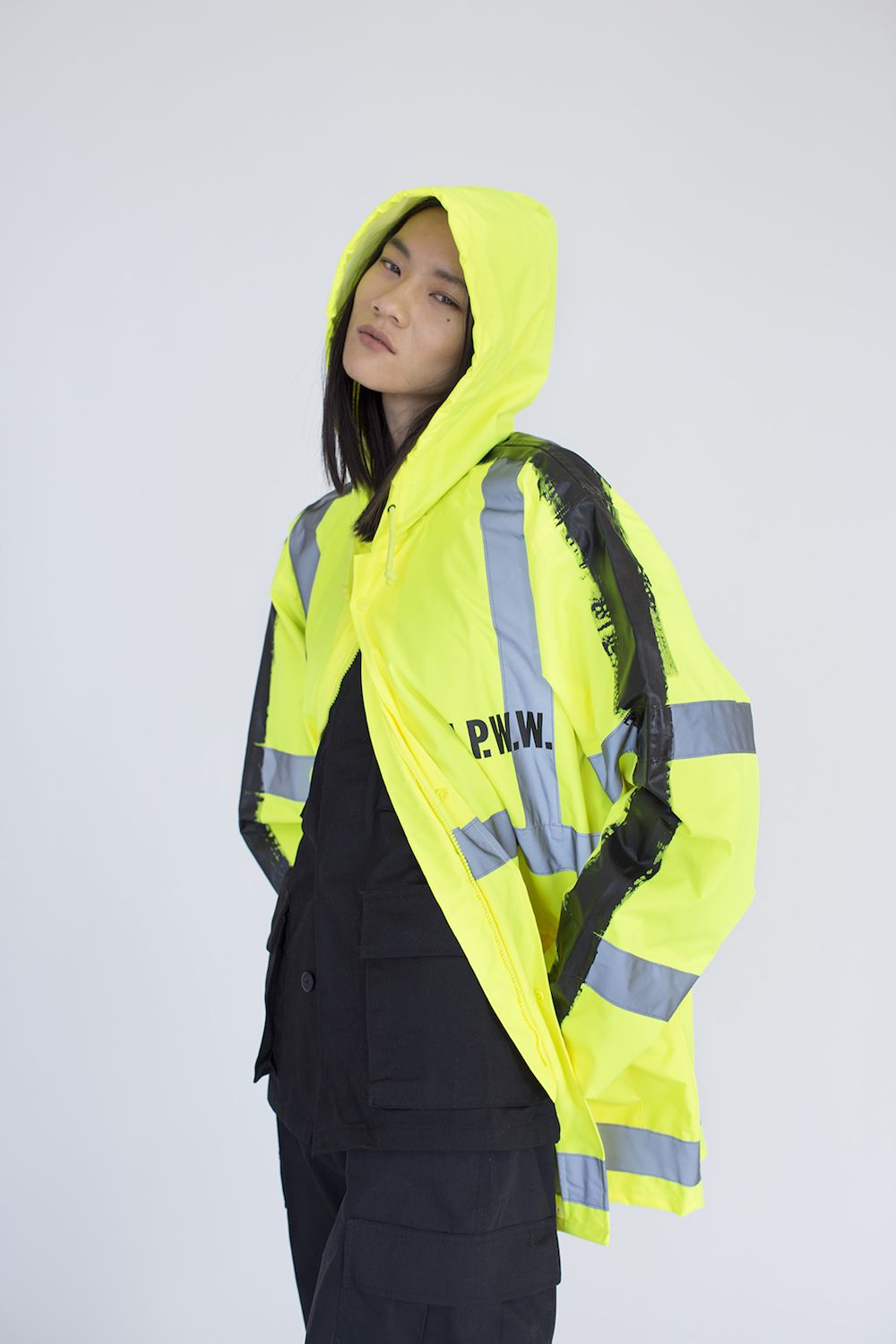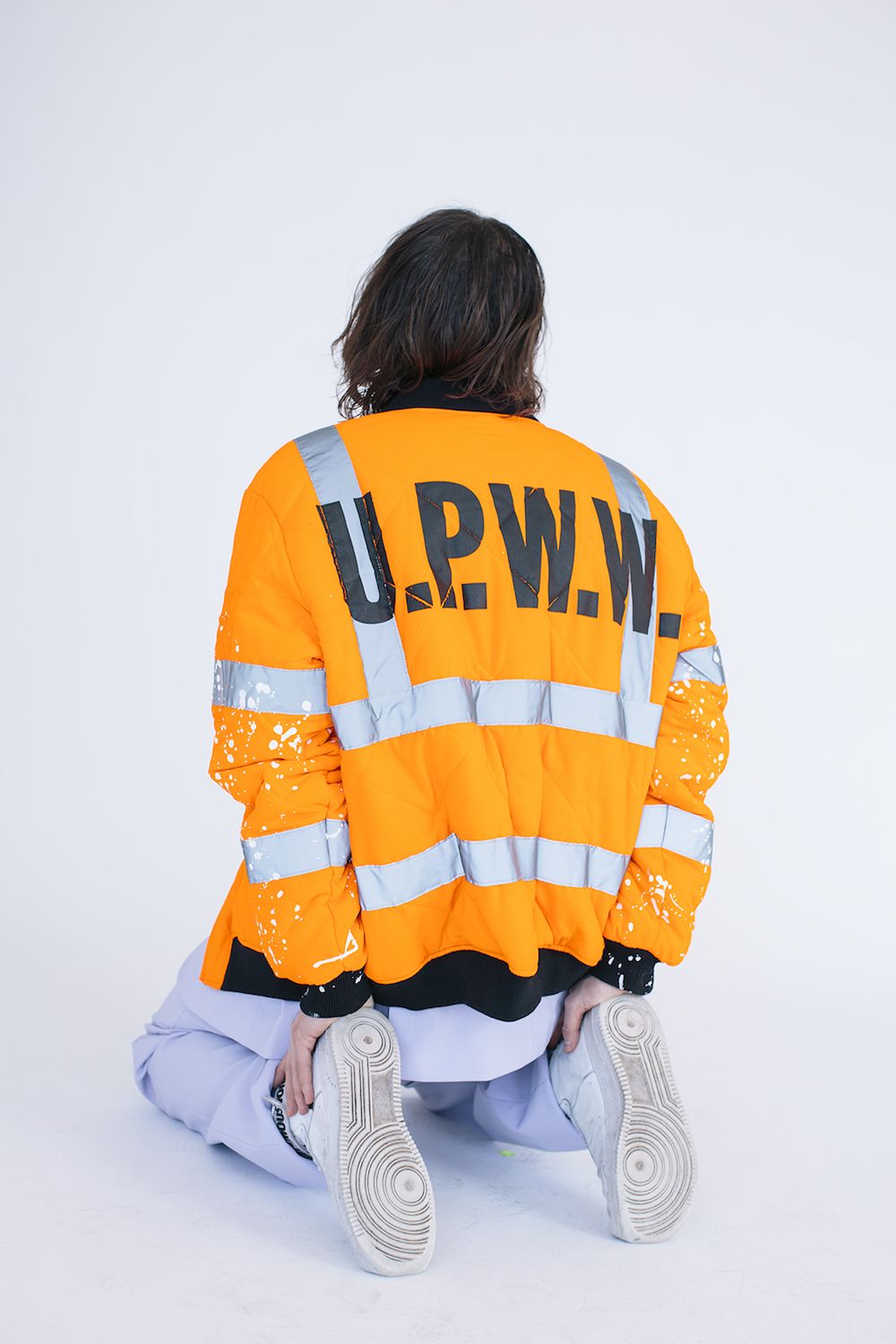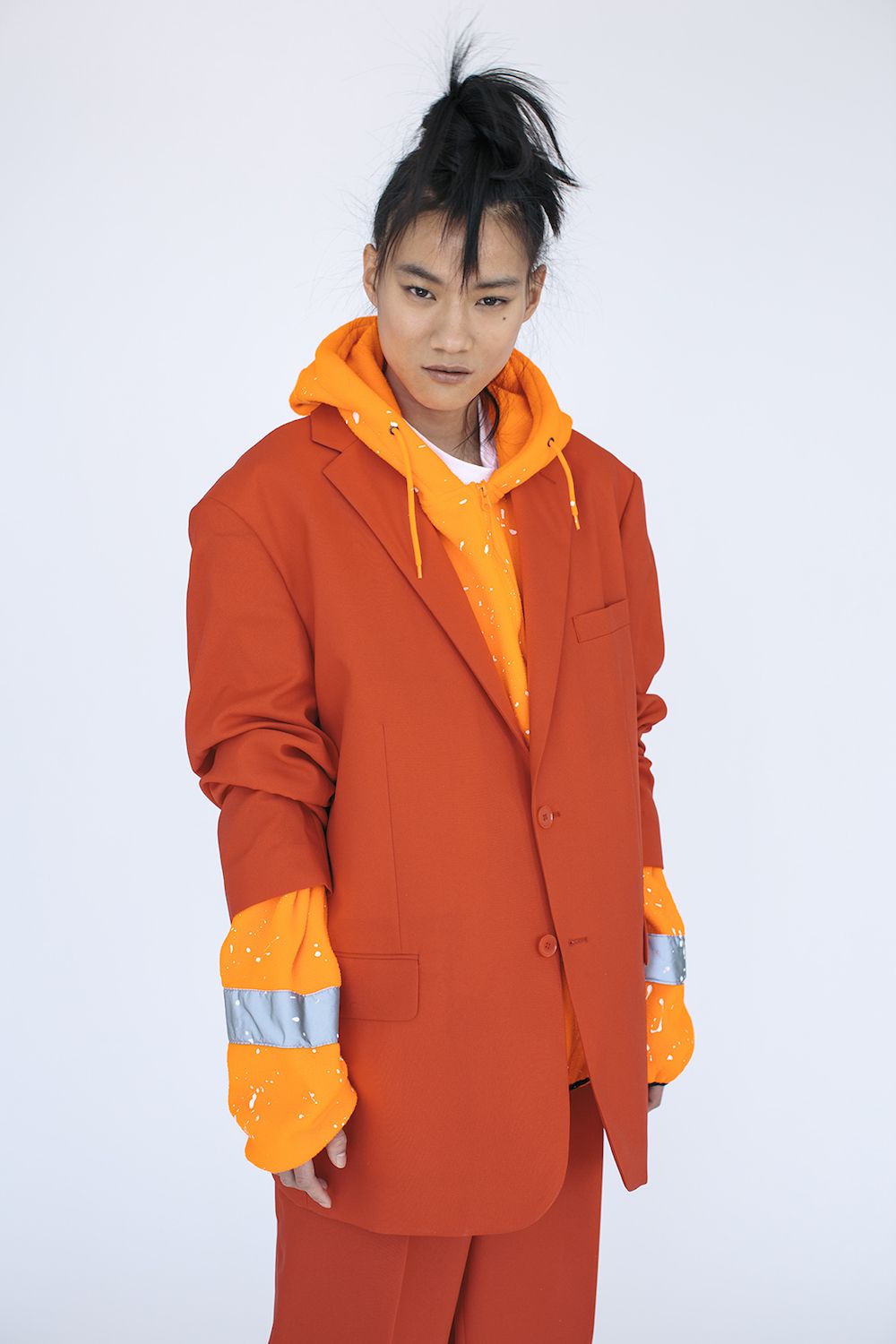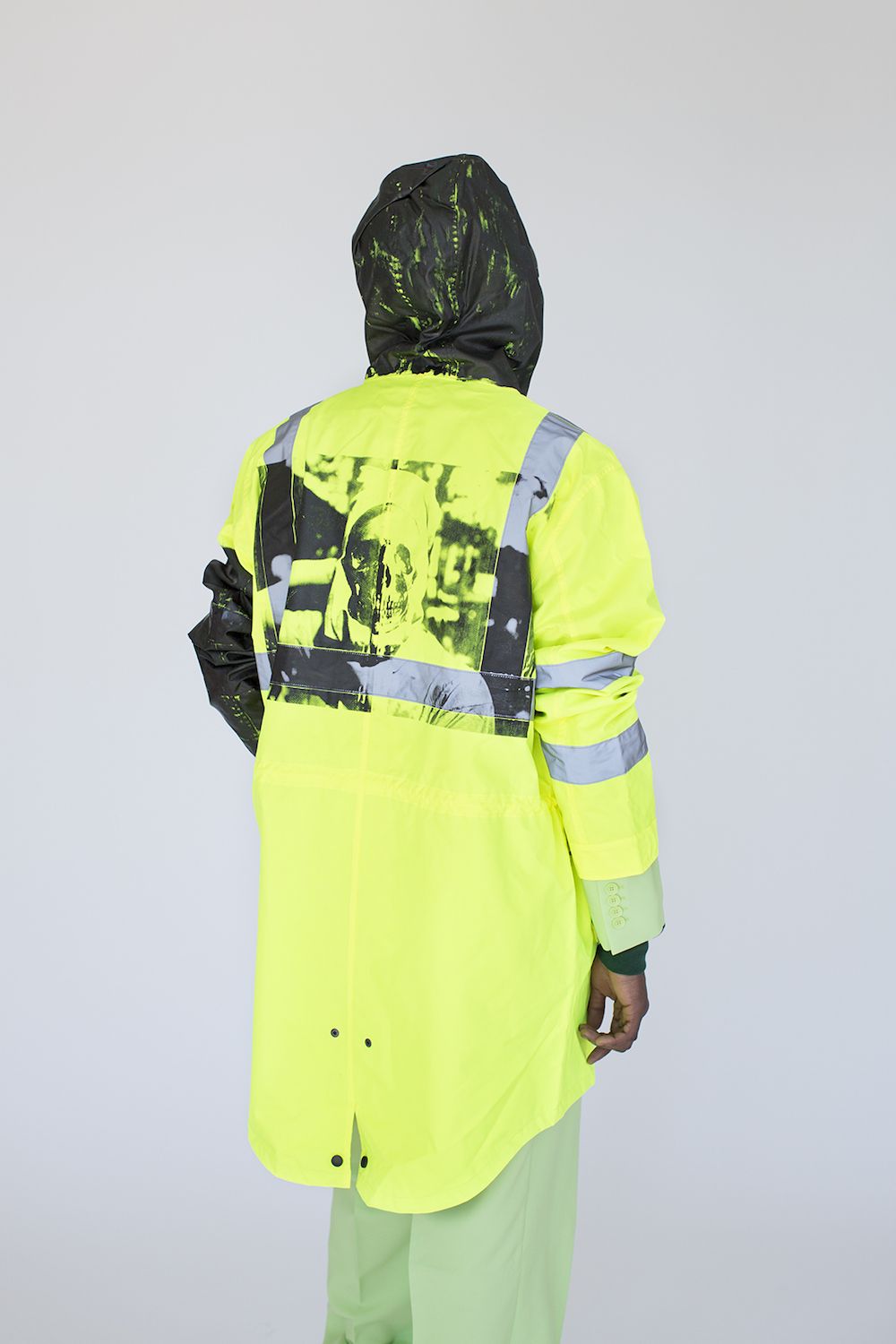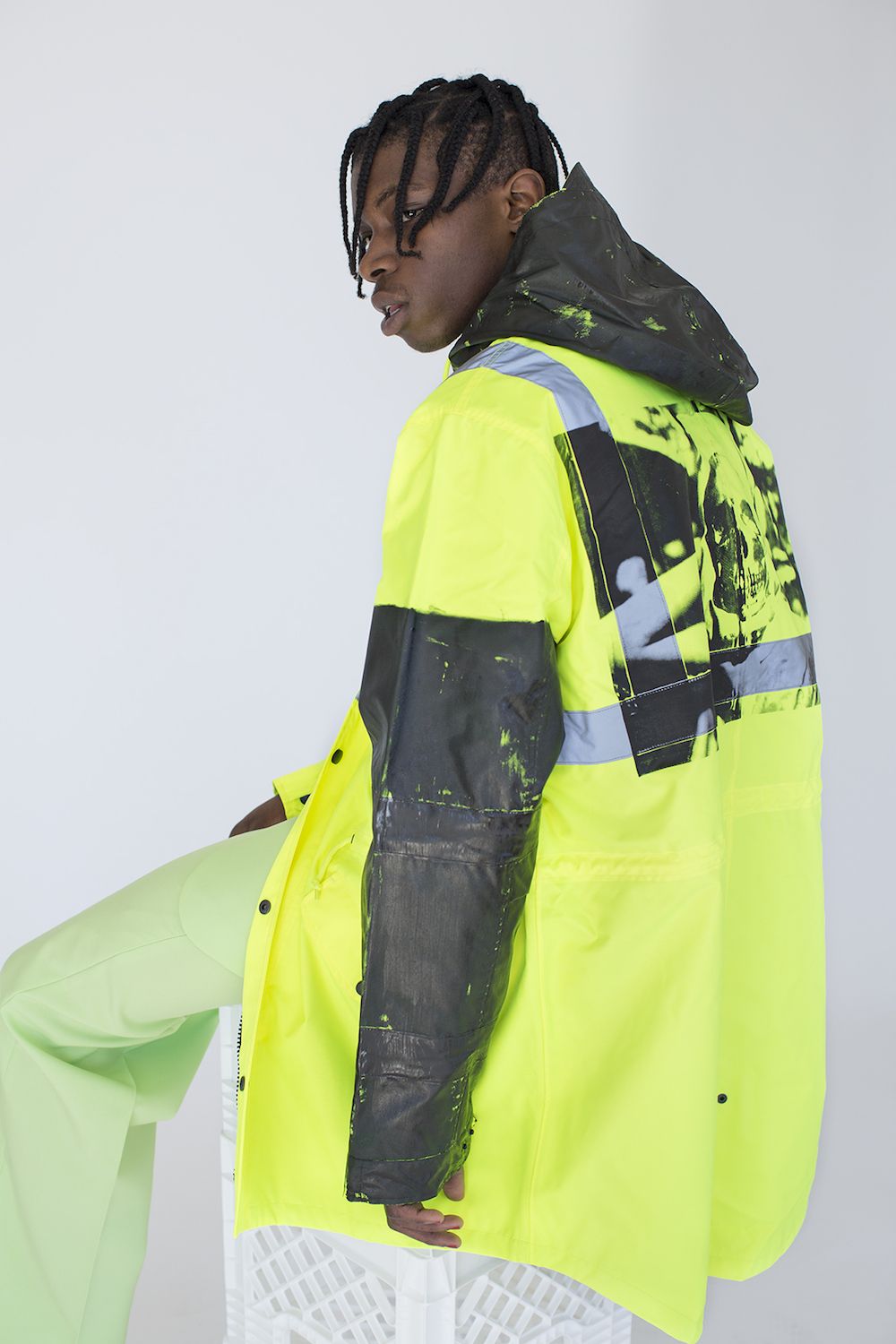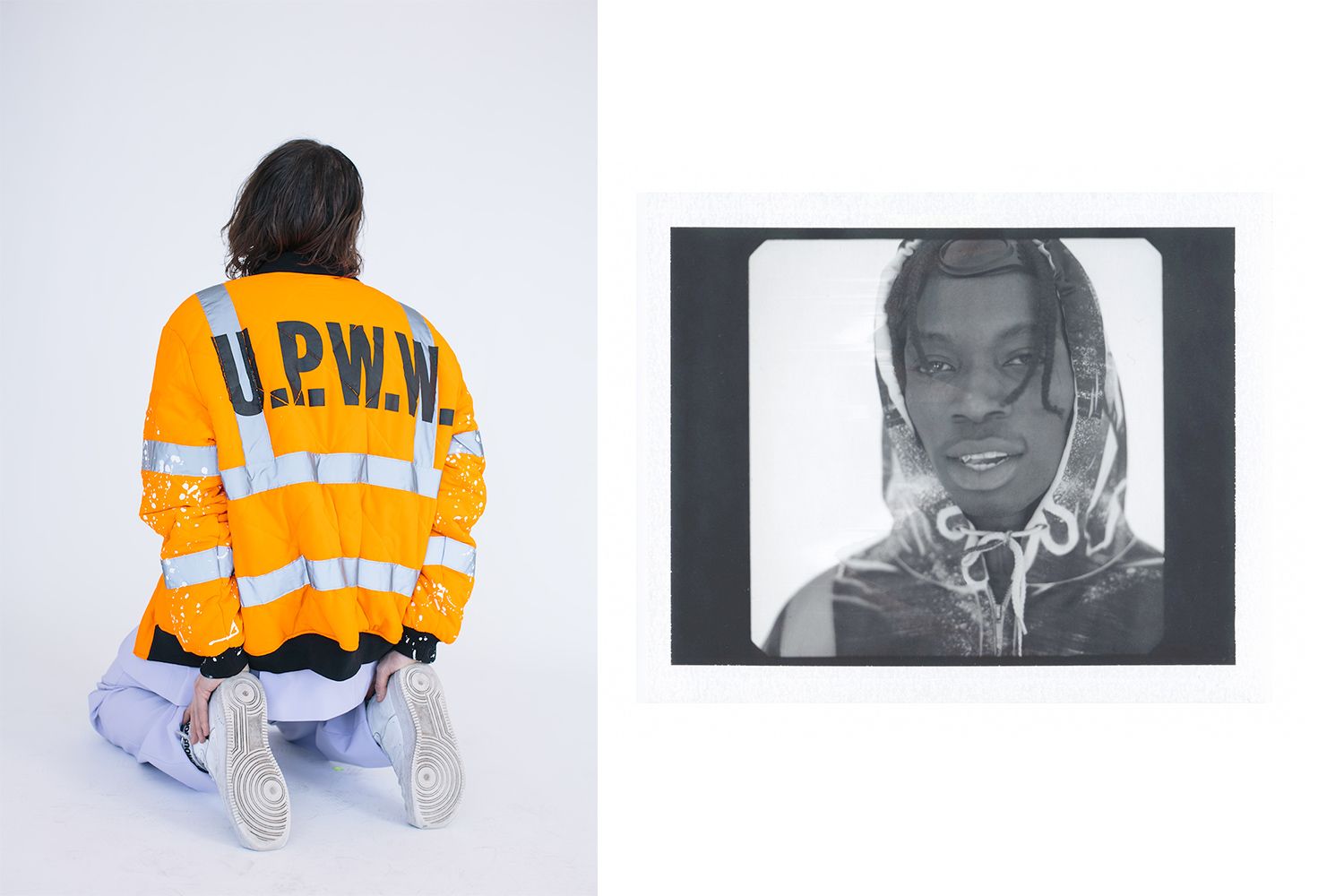
Talent Corner - Interview with Alessandro Simonetti The photographer and creative director of U.P.W.W. tells us his vision on fashion, trends and counterculture
Raised between the 80's cultural clash of Rome and the most conservative Bassano del Grappa in Veneto, Alessandro Simonetti spends his childhood in an environment open to artistic expressions that bring him to embrace photography when only sixteen. Fascinated by the social dynamics of that period of change, Alessandro approaches the newly-born Italian street cultures actively as a writer until the mid-2000s.
Recently, in addition to his photographic projects, he began to cover the role of creative director for U.P.W.W.
#1 Tell us about how you approached photography and the fashion world?
I'm part of the second generation of Italian kids who first embraced hip hop and hardcore culture in Italy, in full DIY and pre-internet era. It was at the beginning of those years that I began to develop an interest in representing an ideology or an aesthetic tied to this scene through a "uniform" that, for me, was baggie pants and old school sneakers, 80's sportswear, and lettering customized military clothes. I think it was this desire to belong to a "rebel" circle to have increased my interest in a certain style of clothing ranging from hip hop, hardcore straight edge, skinhead, and mod. I have never had a real fascination or a true "fashion culture" but I have always looked with interest in its role as content generator and thermometer of contemporary costume... my involvement in fashion has always been mostly related to photography, a look to a much wider chain.
In my more personal photography, this tendency can be felt with an almost anthropological research, my style has deep roots in the reportage-storytelling leitmotifs. Style, as a fashion vehicle, is a constant element of my subjects whether it's fetish meetings in Miami or Japanese Rockabillies in 14th Street, Jamaican jockeys, or a dancehall in Kingston.
In a time of overlapping and cross over like the one in which I work, some understanding of these dynamics allows me to expand my working field to broader aspects.
#2 What is U.P.W.W. and what is your role in the realization of this project?
U.P.W.W. stands for Utility Pro Work Wear and is a spin-off of the Utility Pro brand, a workwear label born in New York with nearly two decades of service in the field of safety apparel and workwear - to say, orange and yellow raincoats and orange raincoats Workers or security departments. In the role of creative director, I am accompanying the transition and evolution between the mother brand and U.P.W.W.
This redeployment goes through the European tendency of licensing American workwear brands, but above all, the attitude that underground youth cultures first implement and which, for a generational issue, is an integral part of my DNA.
#3 How was the transition from the world of workwear to streetwear?
The collaboration with Utility Pro was born rather casual: through the current designer of U.P.W.W. I was presented with the opportunity to work on a license close to the original brand by sharing research, materials and their experience in the production of workwear. At a time when high-visibility and reflective have peaked in fashion, I thought it was a subject around which to build a solid and legitimate story, strong in the back-up of the brand ...
A primitive form of hi-vis workwear is used in the 1960s by Glasgow railroad workers and in the next two decades, through almost quasi-experimental and experimental research, it is consecrated as a safety palette for offset printing and offset printing in the United States by brothers Switzer. Despite hi-vis being a gimmick used by many brands today, the concept of fluo has been cycling since the 80s - I think of the orange pieces of Jean Paul Gaultier and the latest Miu Miu and Moschino collections with reflective and the use of hi-vis.
#4 What was the most intriguing aspect of this project?
I would say, taking part in that process of digestion by fashion and costume, through which camouflage and military uniforms have also passed.
After having been embraced as a synonym for rebellion - for versatility and accessibility - from cultural niches such as skinheads and English punks in the mid-70s, camouflage and the utilitarian aspect of military uniforms, just like workwear, is a subject to which fashion has been drawing to for nearly five decades.
Hi-vis is in a certain way a contemporary camouflage... I think of the sub-culture of graffiti-writers and how the orange garment is used as an expedient to be traded for a worker in the yard or tunnels and to camouflage with those figures that, in fact, represent security, order, and control. The idea, therefore, to be able to draw on the aesthetic and utilitarian aspect of the hi-vis world with all its perceptions and shifts and to build a further aesthetic layer, is the key to reading this project I presented in Paris through Slam Jam - a reality I have always been tangent to and with whom I have collaborated on various photographic projects before moving to New York more than a decade ago.
#5 UPWW debuted with the FW17 shot by you. What are the inspirations of this collection and how did you integrate them into your shots
The first FW17 collection follows the shapes and original materials of the mother collection and features sequencing on the back of bombers, hoodies and raincoats with institutional logo, photo-print on applied gauze, heat transfer patterns and drippings ... a reminder to that DIY aesthetic in which I formed. There are subtle references to Clash and typo-quotes of A Rastafarian in Kingston. The photographic aspect is an element that, in parallel with the collections, will be used a lot, through the shooting of the product, but also by publishing subjects related to photography and new fresh blooded artists.










































